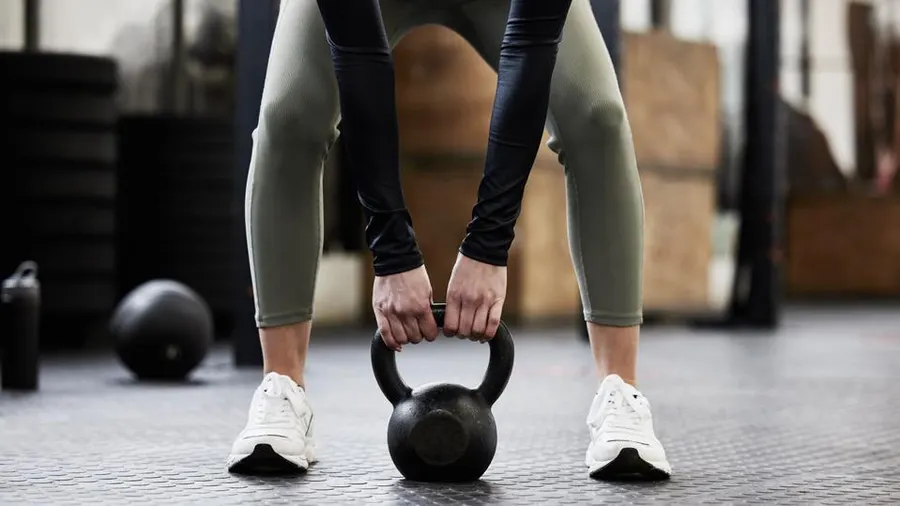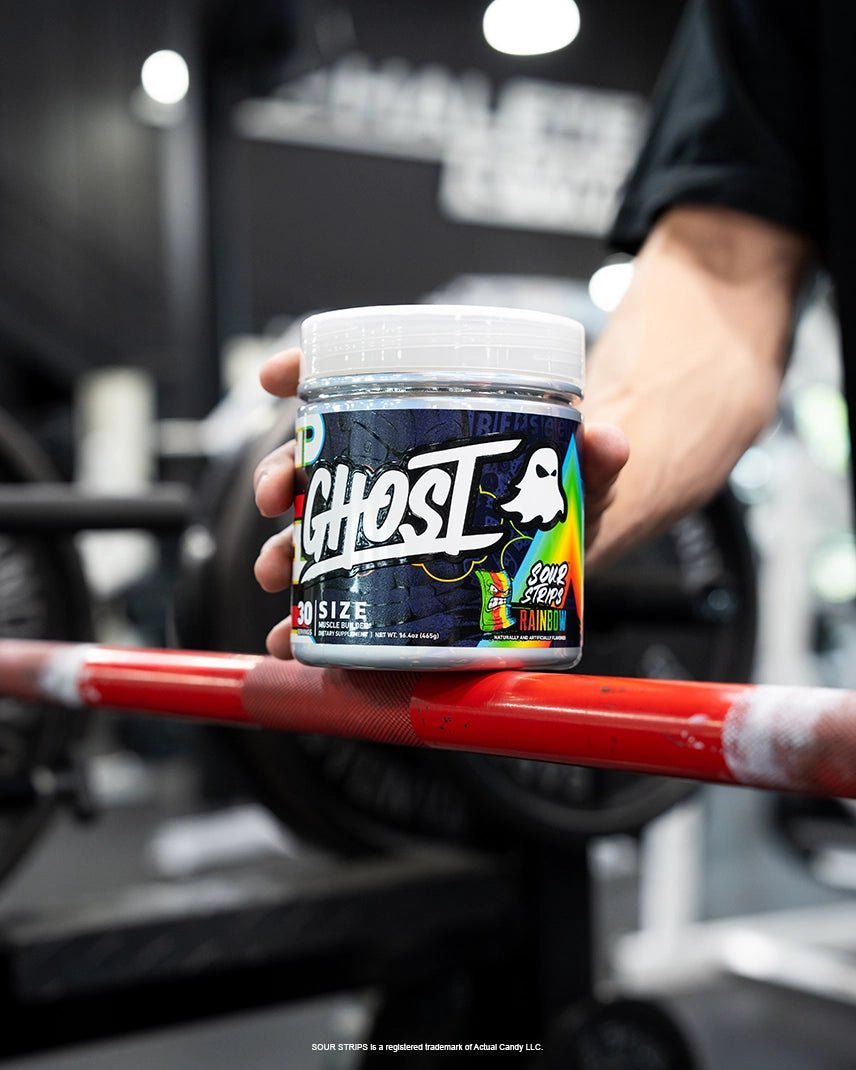In this article you will find:
Training for Beginners: Your Guide to Safe and Enjoyable Sports Participation
The world of sports beckons with its promise of improved fitness, camaraderie, and a healthy dose of competition. But for beginners, the excitement can be tinged with apprehension. The fear of injury often stands as a formidable barrier, holding them back from stepping onto the field or court. Worry not, aspiring athlete! This guide equips you with the knowledge and strategies to embark on your sporting journey safely and confidently. Here’s your roadmap to injury-free participation in the sport of your choice.
Understanding Your Body: The Foundation for Safe Training
Before diving headfirst into any sport, it’s crucial to understand your body’s current state. Here’s how to create a foundation for safe training:
- Consult Your Doctor: Get a clean bill of health from your doctor before starting a new sport. They can identify any underlying conditions that might require specific precautions or limitations.
- Listen to Your Body: Pay attention to your body’s signals. Don’t ignore pain or discomfort. If something hurts, stop the activity and seek professional advice if needed.
- Assess Your Fitness Level: Be honest about your current fitness level. Start slow and gradually increase intensity and duration to avoid overexertion and potential injury.
- Consider Past Injuries: If you have a history of injuries, discuss them with your doctor or a certified athletic trainer. They can recommend modifications or alternative activities to minimize risk of reinjury.
By prioritizing your health and understanding your body’s limitations, you create a foundation for safe and sustainable participation in your chosen sport. Remember, your body is your temple – treat it with respect.
Choosing the Right Sport: Finding Your Perfect Match
With a plethora of sports to choose from, finding the one that ignites your passion is key. Here’s where to begin your exploration:
- Consider Your Interests: What activities have always piqued your curiosity? Do you crave the thrill of competition or prefer a more social and relaxed environment?
- Assess Your Fitness Level: Choose a sport that aligns with your current fitness level. Start with low-impact activities like swimming or yoga if you’re new to exercise. As you get fitter, you can progress to more demanding sports.
- Think About Location and Accessibility: Consider what facilities are readily available in your area. Do you have access to a basketball court, a running track, or a gym? Choose a sport whose environment fosters consistent participation.
- Factor in Cost: Be realistic about the costs associated with your chosen sport. Some activities require minimal equipment, while others might involve membership fees or specialized gear.
Finding the right sport is about more than just burning calories. It’s about discovering an activity that sparks joy and keeps you coming back for more. Choose a sport that aligns with your interests, fitness level, and lifestyle.
Embrace Proper Form: Technique is Your Best Defense Against Injury
Proper form is paramount in any sport. Here’s how focusing on technique protects you from injury:
- Learn from the Pros: Observe professional athletes or seek guidance from qualified instructors to understand proper form for your chosen sport. Watch instructional videos or attend introductory workshops to solidify the basics.
- Start Simple: Begin with simple movements and gradually progress to more complex exercises. Mastering the fundamentals ensures correct muscle recruitment and minimizes stress on your joints.
- Don’t Be Afraid to Ask for Help: If a movement feels awkward or uncomfortable, don’t hesitate to seek help from a coach or certified personal trainer. They can provide personalized guidance and correct any technique flaws.
- Focus on Quality Over Quantity: It’s better to perform a few exercises with impeccable form than to push through repetitions with compromised technique. Prioritize quality over quantity to ensure safe and effective training.
Remember, mastering proper form takes time and practice. Be patient with yourself, prioritize technique over ego, and you’ll find that good form is your best defense against injury.
 Building a Sustainable Training Plan: Consistency is Key
Building a Sustainable Training Plan: Consistency is Key
Creating a realistic and sustainable training plan is crucial for long-term success. Here’s how to structure your training for optimal results:
- Start Slow and Gradually Increase Intensity: Begin with low-intensity workouts and gradually increase the duration and intensity as your fitness improves. The “10% rule” is a good guideline: don’t increase your weekly training volume by more than 10% to avoid overtraining.
- Incorporate Rest Days: Schedule rest days to allow your body to recover and rebuild. Aim for at least one rest day per week, and listen to your body for additional rest when needed.
- Cross-Training is Your Friend: Supplement your chosen sport with activities that target different muscle groups and improve overall fitness. This helps prevent overuse injuries and keeps your workouts interesting. Consider low-impact activities like swimming, yoga, or cycling.
- Listen to Your Body: As you train, pay attention to your body’s signals. Fatigue and soreness are normal, but persistent pain is not. Adjust your training intensity, duration, or frequency based on how you feel.
- Warm-up and Cool-down: Never skip a proper warm-up before your workout and a cool-down afterwards. Dynamic stretches prepare your muscles for activity, while static stretches after your workout improve flexibility and reduce muscle soreness.
- Stay Hydrated: Drink plenty of water before, during, and after your workout. Dehydration can lead to fatigue, muscle cramps, and hinder performance. Aim to consume water throughout the day, especially during exercise.
- Fuel Your Body: Proper nutrition is essential for performance and recovery. Eat a balanced diet rich in complex carbs, lean protein, and healthy fats. Don’t neglect pre- and post-workout meals to provide your body with the energy it needs to perform and recover optimally.
By creating a balanced and sustainable training plan that incorporates rest, recovery, hydration, and nutrition, you set yourself up for consistent progress and minimize the risk of injury. Remember, consistency is key to long-term success. Choose a plan you can stick to, and gradually increase the challenge as your fitness improves.
Safety First: Gearing Up for Success
Proper equipment can enhance your performance and minimize the risk of injury. Here’s what to consider when selecting sports gear:
- Choose the Right Shoes: Invest in well-fitting shoes specifically designed for your chosen sport. Shoes provide support, stability, and cushioning, all crucial for injury prevention.
- Consider Protective Gear: Depending on your sport, additional protective gear like helmets, pads, or mouthguards might be essential. Prioritize safety and use appropriate protection to minimize the risk of head injuries, falls, or collisions.
- Comfortable Clothing: Wear comfortable, breathable clothing that allows for freedom of movement and moisture wicking. Avoid restricting clothing that can hinder performance or cause chafing.
Investing in proper equipment doesn’t have to break the bank. Start with the essentials and upgrade as needed. Remember, the right gear can significantly enhance your comfort, performance, and most importantly, your safety on the field or court.
Building a Support System: Sharing Your Journey
Embarking on a new sport is more enjoyable and sustainable with a support system by your side. Here’s how finding support can benefit you:
- Find a Workout Buddy: Partner with a friend or family member who shares your fitness goals. Having someone to train with can boost motivation, accountability, and overall enjoyment.
- Join a Group Fitness Class: Group classes offer a fun and social environment to learn a new sport or perfect your technique. Surround yourself with positive energy and connect with others who share your passion.
- Consult with a Trainer: Consider working with a certified personal trainer or coach, especially if you’re new to exercise or have specific fitness goals. They can create a personalized training plan, guide you on proper form, and offer valuable feedback.
A supportive network can be your secret weapon. Surround yourself with positive influences who motivate you, hold you accountable, and celebrate your achievements. Together, you can create a more enjoyable and rewarding sporting journey.
Conclusion: Embrace the Journey, Celebrate the Progress
Stepping onto the field or court for the first time can be intimidating, but the joy of movement, the thrill of competition, and the satisfaction of pushing your limits await you. By prioritizing proper form, creating a sustainable training plan, and surrounding yourself with a supportive network, you minimize the risk of injury and pave the way for a lifelong love of sports. The path to fitness may not be a straight line, but with dedication, consistency, and a healthy dose of self-compassion, you’ll conquer challenges, celebrate milestones, and discover a world of possibilities within yourself. So, lace up your shoes, grab your water bottle, and get ready to embark on an exciting journey of sportsmanship, self-discovery, and a healthier, happier you.


 Building a Sustainable Training Plan: Consistency is Key
Building a Sustainable Training Plan: Consistency is Key

